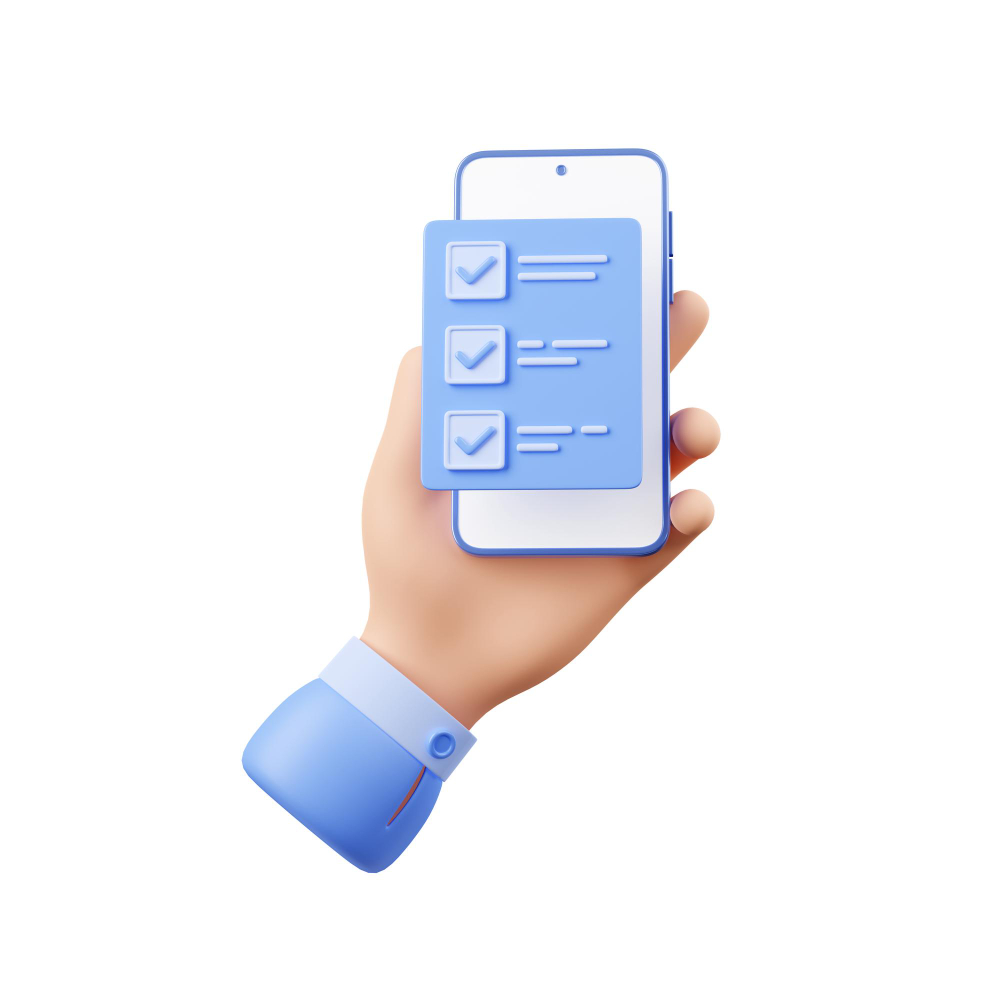What does onboarding with an LMS mean?
Onboarding with LMS represents a planned process of introducing new employees through the Learning Management System – a digital platform that organizes, implements and monitors learning content and provides structured support upon onboarding a new colleague to the team.
How an LMS can support the onboarding process
An LMS provides centralized access to learning modules, quizzes, videos, and materials. Combined with automatic enrollment, notifications, and analytics, it ensures a consistent process for all employees.
Benefits of using an LMS for onboarding
Automation and time saving
An LMS enables automatic enrollment of new employees into specific learning paths immediately after they start. This reduces administration, errors, and allows HR departments to focus on strategic tasks. It also enables automated sending of reminders and reports, replacing manual monitoring.
Personalized learning paths
The platform allows for the creation of personalized learning paths based on job title, experience, and language preferences. This ensures an efficient transition without wasting time on unnecessary content, increases engagement, and improves the user experience.
Mobile and asynchronous learning
With mobile access, new employees can start pre-boarding and learn on their own schedule – ideal for hybrid or remote work teams.
Measurement and analytics (trackable KPIs)
The LMS provides detailed insights such as completion rate, time-to-competence, and engagement statistics. This data allows you to quickly identify bottlenecks and continuously optimize the onboarding process.
Security, compliance and standardization
Central management of materials and certificates enables consistent implementation of mandatory training (GDPR, security, compliance). In the event of an audit, all data on conclusions and evidence is quickly accessible in the LMS system.
Key LMS functionalities for successful onboarding
- Automatic enrollments – integration with HR systems and immediate use of learning paths.
- Role-based access and groups – personalized accessibility according to function and department.
- Content diversity – video lessons, quizzes, documents and micro-learning.
- Gamification – badges, points, and rankings increase engagement.
- Reporting and analytics – progress overview and the ability to generate reports.

Onboarding process through stages with LMS
- Pre-boarding
The onboarding phase begins after the offer is accepted. The LMS provides access to welcome materials, videos, documents, and team presentations. This phase reduces the stress of getting started and strengthens the sense of belonging in advance. - Introductory phase (kick-off + system setup)
On the first working day, the employee receives an introduction to the LMS, instructions for the modules, and mentor links. Participants receive reminders, and mentors monitor the implementation process. - Pilot launch and validation
A smaller group tests entire processes and content, identifies potential issues, and tests the user experience before general introduction. - Mass roll-out of new employees
After a successful pilot, learning paths are launched for all new employees. The LMS automatically sends reminders, monitors module completion, quizzes, and activity completion. - Monitoring, feedback and optimization
After implementation, KPIs are analyzed, satisfaction surveys are conducted, and content is adjusted. Based on this data, pace, modulations, and support systems are improved.
Measuring onboarding performance
- Completion rate – proportion of completed modules.
These metrics reflect user engagement – a high completion rate means that the content is relevant and motivating. On the other hand, a low one may indicate a boring or overly extensive program. - Time-to-competence – time to independence.
Measuring the time it takes to achieve autonomy helps identify content bottlenecks. Faster times often mean that onboarding with an LMS is optimizing the learning journey. - Employee satisfaction – surveys and feedback.
Regularly collecting qualitative and quantitative feedback allows companies to understand what works and what doesn't. This allows companies to adjust the process, increase loyalty, and detect dissatisfaction early. - Retention and ROI – impact on long-term employee retention and return on investment.
Measuring employee retention after the onboarding period reveals the effectiveness of the process.

Onboarding with Smart Arena
Smart Arena LMS enables a comprehensive digital onboarding experience for new employees. With a combination of automated learning paths, advanced analytics, and mobile access, onboarding is efficient and personalized. The platform supports personalized modules, from quizzes to video content, which helps to integrate newcomers into the work environment faster.
Through pre-boarding access, employees can get a feel for the organizational culture and key processes before their first day. Real-time tracking of KPIs, such as completion rate and time-to-competence, allows for immediate detection of potential issues and optimization of content. Integration within HR systems and compliance assistance, on the other hand, ensure a seamless and consistent experience for every new person in the organization.
Make onboarding with an LMS successful
Onboarding with an LMS using a digital platform brings numerous strategic advantages: centralized content management, automation, personalized learning paths, mobile accessibility, and precise KPI analytics (completion rate, time-to-competence, satisfaction, etc.). Such an approach shortens the onboarding time, increases the engagement of new employees, and contributes to higher retention, which improves the company's ROI in the long term, while also enabling continuous process improvement through feedback and data analysis, ensuring appropriate support and satisfaction of employees in different roles and environments.
👉 For a working implementation onboarding with LMS we invite you to try eSmartArena solutions, which include a free demo and expert advice to optimize your implementation process.





